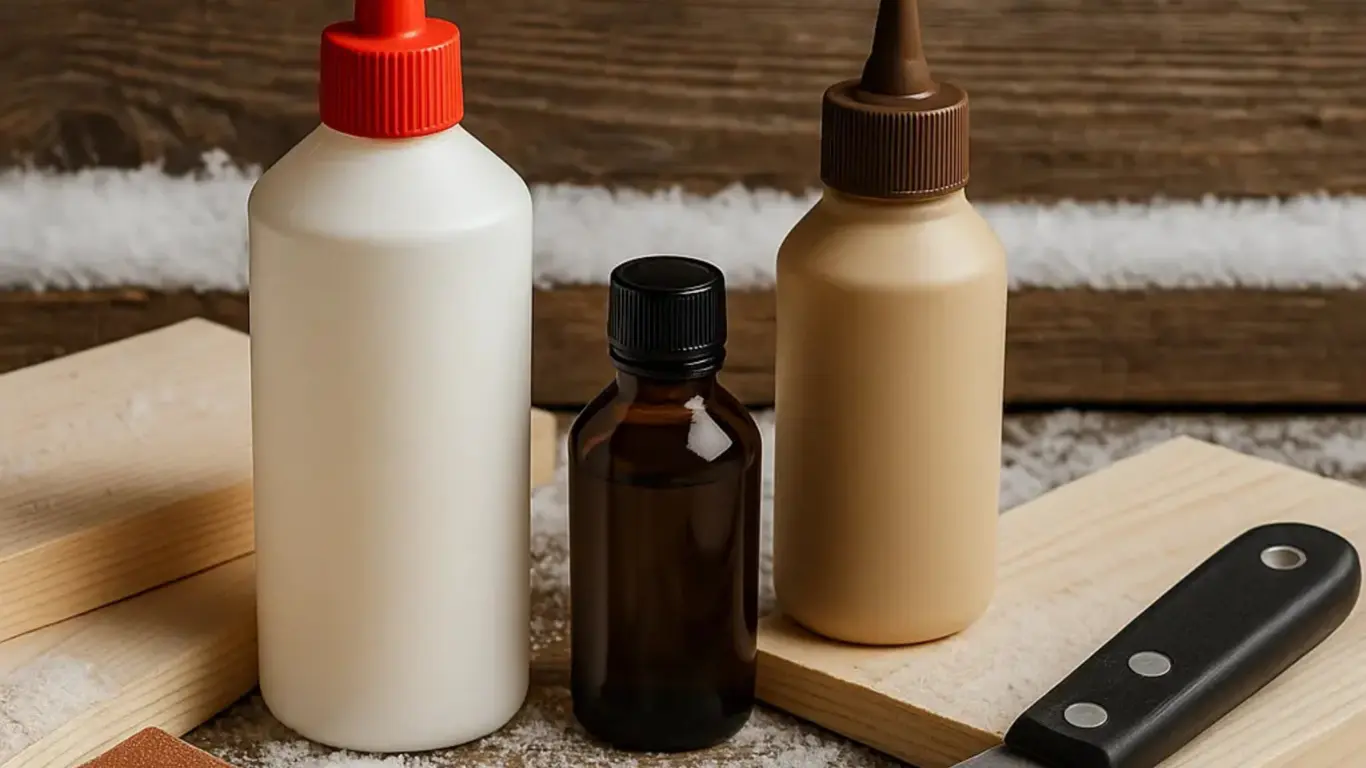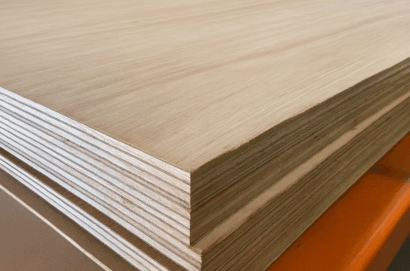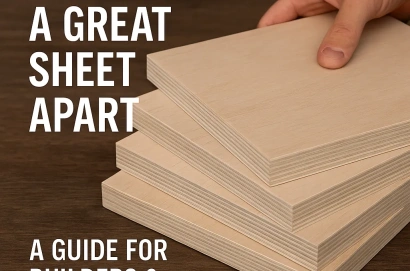Always low prices and perfect quality

When temperatures dip below 10°C, many standard wood glues slow down, cure unevenly or fail altogether. Hobbyists need reliable adhesives that bond strong especially when winter conditions may cause certain commonly used glues to be less effective. Here’s a quick guide to the best cold weather wood glue options and some practical tips to get perfect joints all winter long.
1. Marine-Grade PVA Glue
Marine-grade PVA uses waterproof, phenolic adhesives designed for boats, so it excels in damp, cold conditions. It cures reliably down to 5 °C, resists moisture and offers strong initial tack. Ideal for general hobby builds like small boxes or picture frames.
2. Two-Part Epoxy
Epoxy adhesives consist of resin and hardener mixed on demand. Many rapid-set formulas cure fully at 0–5 °C and deliver structural-grade strength. The longer working time lets you fine-tune joints, and the gap-filling properties handle imperfect cuts or warped edges.
3. Polyurethane Glue
Polyurethane glues react with ambient moisture to cure. They can work down to around 3°C and foam slightly to fill gaps. While cleanup requires acetone and clamping time can double in cold, they’re great for outdoor-style projects where water resistance is key.
4. Cold-Weather Cyanoacrylate
For quick fixes and small parts, cold-weather superglues (CAs) formulated with thicker resins cure at low temperatures. They won’t replace panel-sized bonds, but they’re perfect for jig or small trim repairs in a frosty garage.
Choosing the right glue transforms winter from a workshop obstacle into the perfect season to revel in your hobby projects. Stock up on marine-grade PVA and winter-rated epoxy at Plyman, and let nothing slow down your DIY creativity this season.



